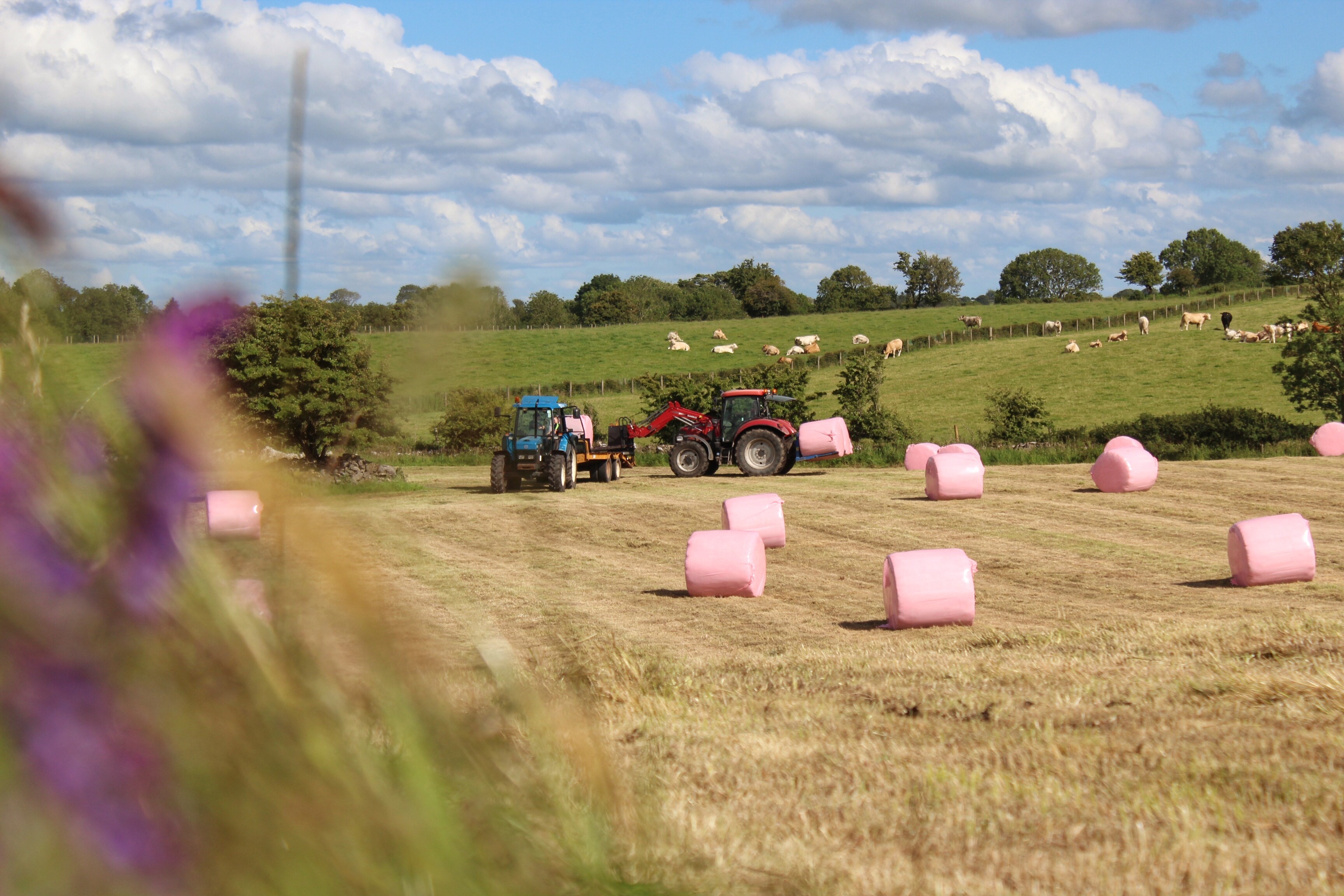Six tips for making better quality silage in 2023
By Daniel Hession – Nutritionist & Technical Manager
1. Be prepared
Purchase silage covers/bale wrap, clean the silage pit walls and floor, check equipment, and book the contractor in time. Monitor the silage fields to identify when the crop is ready for cutting and keep a close eye on weather forecasts.
2. Harvest date
Harvest date is the most important factor affecting silage quality. Grass should be mowed as soon as the seed head starts to emerge. Every week delay in cutting after this will reduce silage DMD by approximately 3%. The main step to improving quality is cutting from late May rather than into mid-June.
3. Do not sacrifice quality for bulk
Using a ‘one big first cut’ approach to make silage increases risk of fodder shortages because second cut yields and annual grass production are reduced by pushing first cuts into mid-June.
4. Do not wait ‘for Nitrogen to leave the crop’
A common reason for putting off cutting silage is concern about Nitrogen. Grass uses 2.5 kg N (2.0 units) per day on average. However, if weather conditions are suitable for cutting, test the grass crop for sugars rather than sticking rigidly to the ‘2-unit rule’; the crop can be safely harvested sooner depending on conditions. Mow in the afternoon when sugars are highest if possible.
5. Wilting
Wilting grass is very beneficial to good preservation. Only attempt to wilt a crop if it will be genuinely drying while on the ground. The wilting period should be kept as short as possible. Tedding out for 24 hours is the recommended approach; grass will not dry enough in large rows even if left for 36 hours. If tedding is not possible or for lighter crops, set the mower to spread grass as wide as possible and leave in the swathe to dry for up to 24 hours.
6. Work fast
Fill the pit evenly and constantly roll the grass. Set chop length of the knives on the baler or harvester to 8 – 10cm so the grass will be easier to compact in the pit. Once the pit is filled and rolled, cover it properly as quickly as possible. This will prevent air from getting back into the grass.


